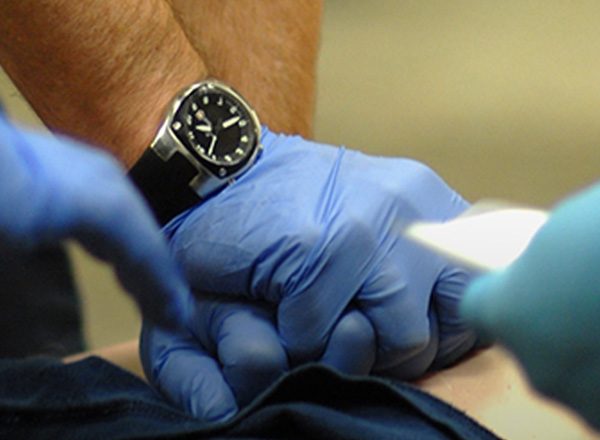When talking about moving the needle on cardiac arrest survival outcomes by improving the retention of resuscitation skills, we often hear the term “mastery learning” — delivering educational experiences that allow participants to practice until mastery is achieved.
But what makes mastery learning so effective? Simply stated, it’s designed so learners can achieve proficiency in a specific instructional unit before moving on to the next. ¹ The concept was developed by University of Chicago educator Benjamin Bloom, who determined that if aptitude predicts student learning rate, then the extent of learning expected of a student can be set. ²
That’s great in theory, but what about in the real world?
Here are 5 practical reasons why medical educators should support and implement mastery learning programs across medical education:
- It provides proficiency targets. Mastery learning promotes deliberate practice and skill acquisition, so learners can focus on proficiency, rather than meeting an arbitrary target number for a particular procedure. ³
- It makes learning clearer. Mastery learning provides the advantage of time to elaborate on the principles behind a task and define the end points of that task. 4
- It promotes a positive attitude. When learners can approach a challenge at their own pace, it removes unwarranted pressure and builds confidence for a more positive experience.
- It provides learners with multiple opportunities to master content. Since students are not bound to a strict learning structure, they can take the time needed to learn — retaking exams, attending open lab sessions or focusing their efforts on concepts that are more difficult to grasp.
- It gives students greater control. When you give learners unlimited opportunities to master the content, they can progress at a rate based on their own understanding. This gives them direct influence over their own learning outcomes.5
Taking a more powerful approach to learning
In modern medical and simulation training, the advantages of mastery learning are clear. That’s why it’s one of the pillars of the AHA’s “Resuscitation Education Science: Educational Strategies to Improve Outcomes from Cardiac Arrest.” Read the full scientific statement or download the summary.
Have questions on implementing a resuscitation quality initiative that includes mastery learning in your community? Ask an RQI expert — we’re always here to help.
1 Block JH, Burns RB. Mastery learning. Rev Res Educ. 1976;4:3–49.
2 Bloom, B.S. (1982). All our children learning. A primer for parents, teachers, and other educators. New York, NY: McGraw-Hill.
3 Siddaiah-Subramanya M, Smith S, Lonie J. Mastery learning: how is it helpful? An analytical review. Adv Med Educ Pract. 2017 Apr 5;8:269-275.
4 Siddaiah-Subramanya M, Smith S, Lonie J. Mastery learning: how is it helpful? An analytical review. Adv Med Educ Pract. 2017 Apr 5;8:269-275.
5 Dionne Sutton Roberts, PhD, FNP-C; Racquel R. Ingram, PhD, RN; Silvia A. Flack, EdD, RN; Robyn Jones Hayes. Implementation of Mastery Learning in Nursing Education. Journal of Nursing Education. 2013; 52 (4):234-237.









